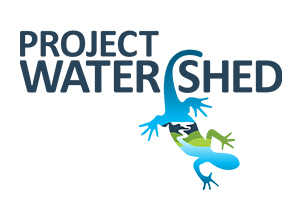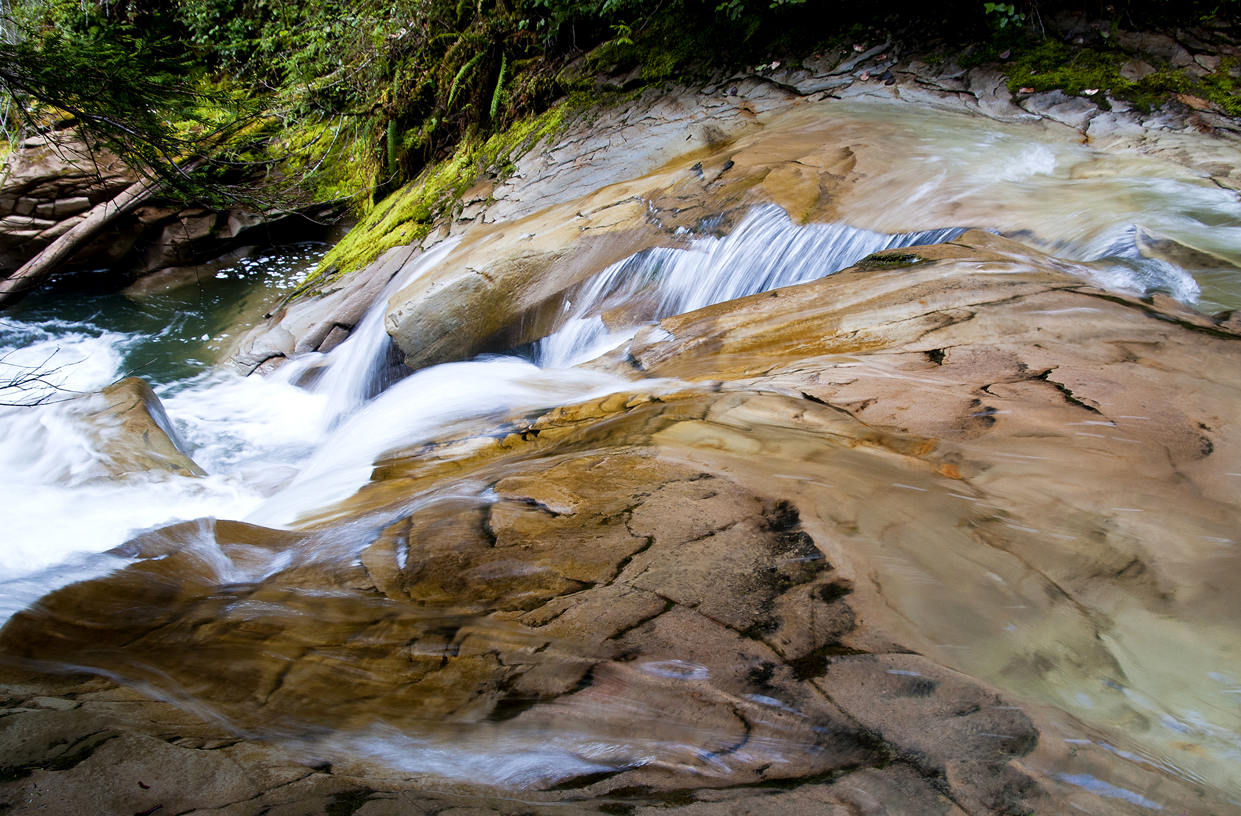Sensitive Habitats
Sensitive habitats are places that have special environmental attributes worthy of retention or special care. They are critical to native plant and wildlife populations. Some sensitive areas are home to species which are nationally or provincially significant, others are important in a more local context. They range in size from small patches to extensive landscape features, and can include rare and common habitats, plants and animals. ~ Environmentally Sensitive Areas
Technician Report – Tuesday, October 12th
Happy Technician Tuesday! While working around Glen Urquhart stream, our Technician team has experienced numerous encounters with fauna using the site. The presence of wildlife at Glen Urquhart further justifies the need to preserve and restore the area.
Technician Report – Tuesday, October 5th
Happy Technician Tuesday! In June, our technician team planted a large number of Lyngbye’s Sedge and some Tufted Hair Grass to restore areas of Hollyhock Flats.
Technician Report – Tuesday, September 28th
Happy Technician Tuesday! Earlier this year, our technician team surveyed Glen Urquhart stream to assess its profile for future stream restoration projects. While Glen Urquhart has been highly modified and impacted, salmon and other fish species do utilize it. Improved habitat in this area will directly benefit those species.
Simms Park Native Plants
Riparian areas include the native trees, shrubs and grasses growing alongside water-courses. These native plants provide vegetative cover to help moderate water temperature.
Riparian Habitat
A riparian area is the interface between the land and a river or stream. Riparian areas link water to land. They boarder streams, lakes and wetlands and encompass the trees, shrubs and grasses growing along these water bodies.
Near the Waters Edge; A Green Infrastructure Tour
Guided walking and kayaking tours showcasing green infrastructure in and around the Courtenay River were held on May 10 and 11, 2019. The tours were geared towards increasing political awareness of the possibilities of green infrastructure. Participants visited areas where green infrastructure was already in place or where it could be implemented in the future.
Simms Millennium Park
Simms Millennium Park is a municipally-owned 9.0 acre park located off the Old Island Highway directly across from Lewis Park and is naturally bounded by the Courtenay River to the south and Courtenay River Slough to the East and North.
The K'ómoks Estuary Speaks
A First Nation’s perspective of the estuary and our relation to it.
This film debuted in April 2016 at the Courtenay Museum as part of the Pieces of an Estuary presentation. Pieces of an Estuary was an environmental art and public education project of the Emily Carr University of Art + Design in consultation with the David Suzuki Foundation and in partnership with Project Watershed. The project was offered as a combined studio and humanities course at North Island College in the Spring of 2016, as part of the collaborative BFA program with Emily Carr University of Art + Design.
Many thanks to the Denise, Heather, Jenna and Tonja for their work in creating this film.
What is an Estuary?
What is an estuary? This film explores this from the bottom of the ocean to the top of the glacier.
The Courtenay River Estuary – by Blue Bamboo Productions
Michael Fountain from Blue Bamboo Productions has created a beautiful piece that highlights the historical, economical and spiritual influence and presence of the Courtenay River Estuary in the Comox Valley on Vancouver Island.


